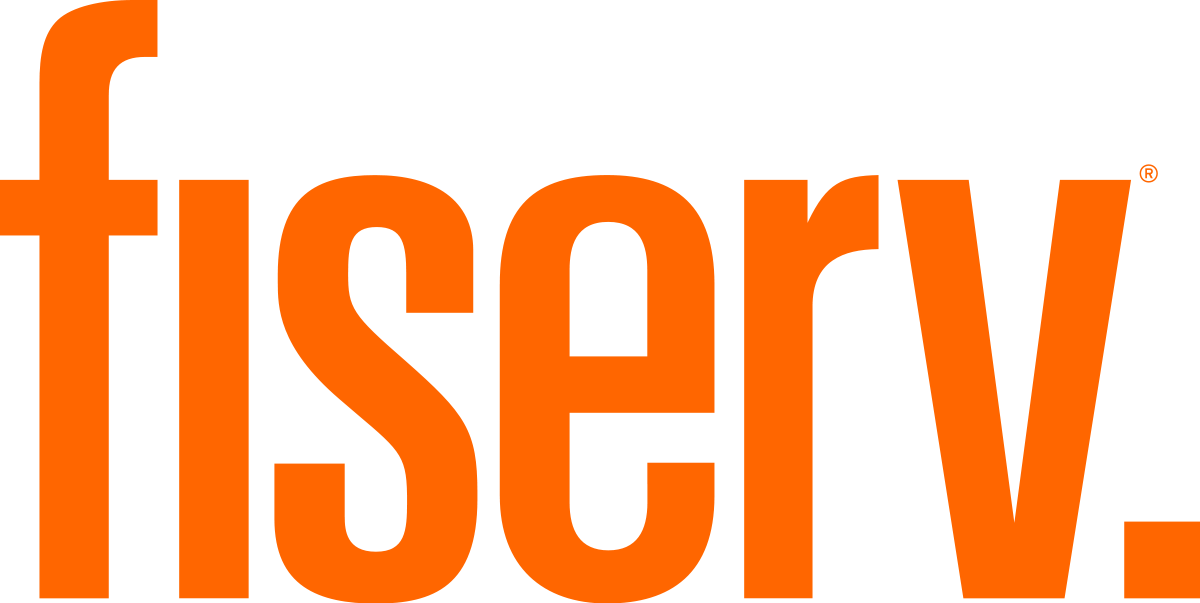The Future of Treasury Technology Webinar
Date: Wednesday, October 7, 2020
Time: 11:00 AM – 12:00 PM ET
Where: This is an online event.

Download the webinar deck here:
You may also be interested in:
Webinar: Protecting Cashflow: How to Stop Late Payments Before They Start | January 22
Late payments remain a common challenge for treasury and AR teams, increasingly disrupting cashflow, forecasting, and working capital. This webinar will examine why overdue receivables are no longer just a downstream collections issue but an early warning signal of broader payment risk. Join Craig Jeffery of Strategic Treasurer and Pete Younghans of Esker as they explore how treasury and AR leaders can move from reactive collections to proactive cashflow protection, leveraging automation, analytics, and proactive workflows to identify payment risk sooner, reduce DSO, improve forecasting accuracy, and protect organizational liquidity.
Webinar: Staying Current in Treasury: A Structured Approach to Changes and Challenges | January 28
The environment is constantly changing, and treasury can’t stand still. From shifting regulatory requirements to emerging technologies and new industry pressures, corporate teams are expected to stay informed and adapt, often with limited time and resources. This fast-paced webinar explores how organizations can build their treasury “radar” to identify changes and challenges as they develop. See how to monitor the environment and how partnering with an experienced treasury consultancy can better enable organizations to move from a reactive posture to a deliberately proactive approach.
We’ll discuss the value of structured, expert-led updates that condense complex developments into clear, actionable insights. Attendees will learn how quarterly or tri-annual advisory sessions can keep their teams aligned on regulatory shifts, technology advancements, market trends, and operational leading practices. Whether your goal is reducing risk, identifying new opportunities, or simply staying compliant, the right guidance ensures you’re maintaining your radar to be alerted early. Avoid being caught off-guard or unprepared. Join us on this 30-minute webinar to learn how systematic touchpoints can keep your organization in front of emerging changes.
#389 – Behavioral Finance Meets Treasury: How Bias Shapes Financial Decisions
In this episode, Craig Jeffery explores how behavioral finance applies to treasury. He unpacks key biases like overconfidence, anchoring, and loss aversion and how these influence forecasting, investing, and risk management. How can treasurers spot biases and build better frameworks for decision making? Tune in to find out.






